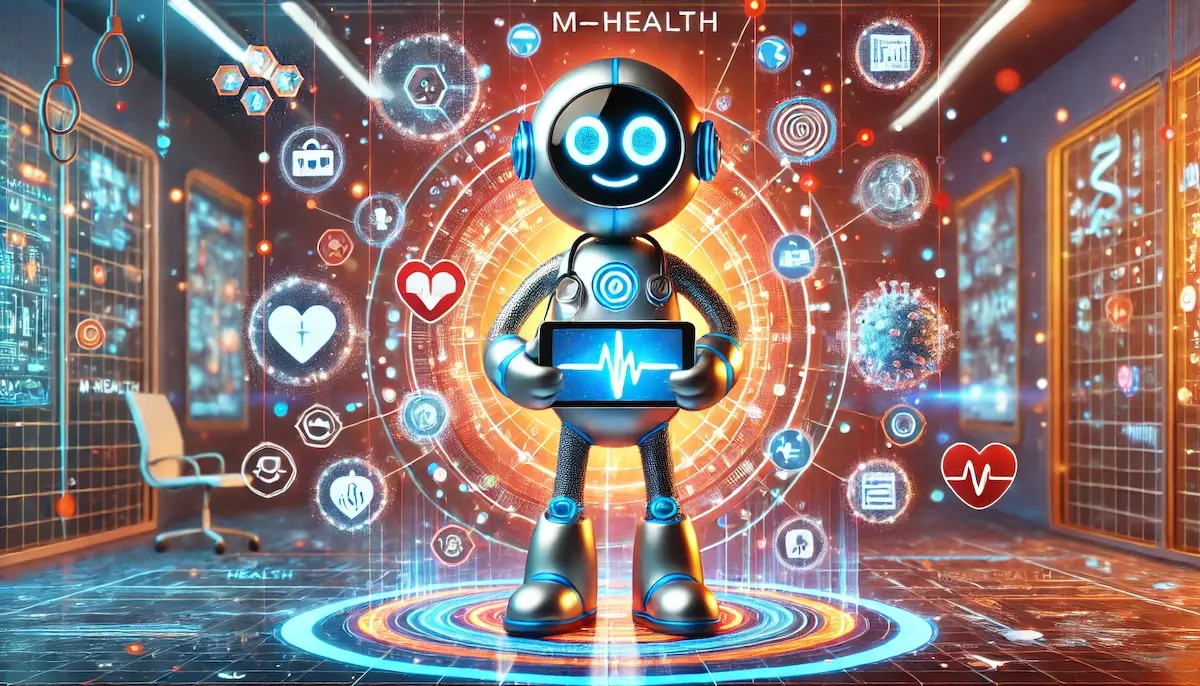Mobile health, or mHealth, refers to the use of mobile devices and wireless technology to support healthcare and public health practices. This innovative approach leverages the ubiquity of smartphones and other mobile devices to improve access to healthcare services, enhance patient outcomes, and promote health and wellness. This article explores what mHealth is, its key components, applications, benefits, and future trends.
What is M-Health?
M-health involves the use of mobile devices such as smartphones, tablets, and wearable technology to collect, analyze, and disseminate health information. These devices are equipped with various applications and features that enable remote monitoring, health data collection, patient education, and communication between healthcare providers and patients. M-health aims to make healthcare more accessible, efficient, and personalized.
Key Components of M-Health
M-health comprises several key components that work together to deliver effective healthcare services:
1. Mobile Applications (Apps)
M-health apps are software applications designed to run on mobile devices. They offer a range of functionalities, including fitness tracking, medication reminders, telehealth consultations, and chronic disease management.
2. Wearable Devices
Wearable devices such as smartwatches, fitness trackers, and health monitors collect real-time data on various health metrics, including physical activity, heart rate, sleep patterns, and more. These devices sync with mHealth apps to provide comprehensive health insights.
3. Remote Monitoring
Remote monitoring technologies allow healthcare providers to track patients’ health status in real-time. This includes monitoring vital signs, chronic conditions, and treatment adherence, enabling timely interventions and continuous care.
4. SMS and Messaging Services
SMS and messaging services are used to deliver health information, appointment reminders, medication alerts, and health education to patients. These services are particularly useful in areas with limited internet access.
5. Telehealth
Telehealth services enable virtual consultations between healthcare providers and patients through video calls, voice calls, and messaging. This component of mHealth increases access to care and reduces the need for in-person visits.
Applications of M-Health
M-health has a wide range of applications across various healthcare settings:
1. Chronic Disease Management
M-health applications help manage chronic diseases such as diabetes, hypertension, and asthma by tracking health metrics, providing medication reminders, and offering educational resources.
2. Fitness and Wellness
Fitness apps and wearable devices track physical activity, monitor fitness goals, and provide personalized workout plans. These tools promote a healthy lifestyle and help users stay motivated.
3. Maternal and Child Health
M-health initiatives support maternal and child health by providing pregnant women and new mothers with information on prenatal care, breastfeeding, and child development.
4. Mental Health
Mental health apps offer resources for stress management, mood tracking, therapy sessions, and support groups. These tools make mental health care more accessible and reduce stigma.
5. Public Health and Disease Surveillance
M-health technologies aid in public health efforts by collecting data on disease outbreaks, tracking vaccination rates, and disseminating health information to the public.
6. Remote Diagnostics and Treatment
Telehealth and remote monitoring technologies allow for the diagnosis and treatment of health conditions without the need for in-person visits, making healthcare more accessible to remote and underserved populations.
Benefits of M-Health
M-health offers numerous benefits that enhance the healthcare experience for both patients and providers:
1. Increased Access to Care
M-health technologies make healthcare services more accessible, especially for individuals in remote, rural, or underserved areas.
2. Convenience and Flexibility
Patients can access healthcare services and information at their convenience, reducing the need for travel and allowing for more flexible scheduling.
3. Improved Health Outcomes
By enabling continuous monitoring and timely interventions, mHealth can improve the management of chronic conditions and overall health outcomes.
4. Enhanced Patient Engagement
M-health empowers patients to take an active role in their healthcare by providing them with tools and information to manage their health effectively.
5. Cost Savings
M-health can reduce healthcare costs by minimizing the need for in-person visits, hospital admissions, and emergency room visits.
The Future of M-Health
The future of mHealth is promising, with ongoing advancements in technology poised to further transform healthcare delivery:
1. Integration with Artificial Intelligence
AI will enhance mHealth applications by providing predictive analytics, personalized health recommendations, and automated decision support.
2. Expansion of Wearable Technology
Advances in wearable technology will lead to more sophisticated devices that can monitor a wider range of health metrics and provide more accurate data.
3. Improved Data Security
As mHealth technologies collect sensitive health data, there will be increased focus on improving data security and privacy measures to protect patient information.
4. Greater Interoperability
Efforts to improve interoperability among mHealth applications and health information systems will facilitate seamless data exchange and coordinated care.
5. Personalized Medicine
M-health will play a crucial role in personalized medicine by integrating genetic, environmental, and lifestyle data to tailor treatments to individual patients.
M-health is revolutionizing the healthcare landscape by making medical services more accessible, efficient, and patient-centered. As technology continues to advance, mHealth will play an increasingly vital role in delivering high-quality healthcare to patients around the world.
Blockfine thanks you for reading and hopes you found this article helpful.
